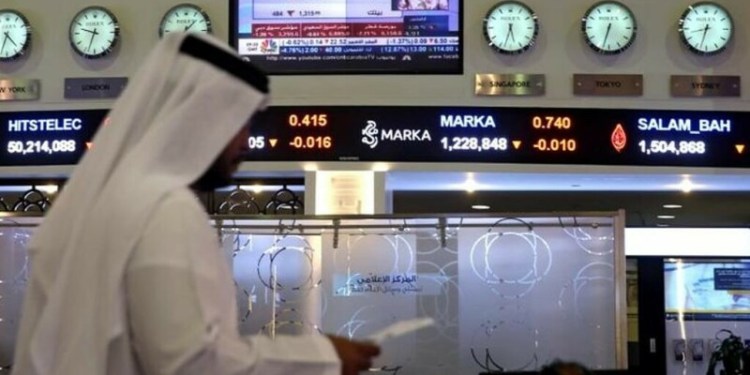LONDON: The pound fell on Thursday despite the Bank of England lifting interest rates from crisis-era lows, after Governor Mark Carney said monetary policy needed to “walk not run” and expressed concern about the risks of a cliff-edge Brexit.
The move raising 25 basis points to 0.75 percent was widely expected, although the unanimous decision of the BoE’s nine rate-setters was not. The market initially took that unanimity as a more hawkish-than-expected sign.
But sterling later succumbed to selling pressure and dropped as much as 0.8 percent to $1.3016, down from around $1.31 before Carney had started his news conference. A stronger dollar added to the pound’s struggles.
The currency also fell against the euro, by 0.4 percent to as low as 89.25 pence from an earlier flat position.
“For me the pound is moving lower as Carney is showing some sympathy towards a possible hard Brexit, they are preparing for it, as we know. The “walk not run” comment looked to coincide with a further solid move lower for the pound,” said Neil Jones, Head of Hedge Fund FX sales at Mizuho Bank.
Given the lack of certainty about the sort of trading deal Britain can secure with the European Union, and with inflation forecast to fall towards its two percent target over the next three years, Carney reiterated that the bank would raise rates only gradually and to a limited extent.
“Policy needs to walk — not run — to stand still,” he said.
Investors have been betting on there being no further hikes before Britain leaves the European Union in March, limiting any strength in the pound.
BREXIT RISKS
Sterling has lost almost 10 percent of its value since hitting a post Brexit-referendum high in April, amid worries that Britain will fail to secure a trade deal before it exits the EU in March.
London and Brussels, as well as members of Prime Minister Theresa May’s government, remain far apart on what the future trading relationship should look like.
“Its a slightly more hawkish rate hike than expected,” said Kallum Pickering, a UK economist at Berenberg, predicting there wouldn’t be another hike until May. “It’s all about Brexit for sterling now.”
The market is pricing in the next rate hike for September 2019, based on the money market “SONIA” curve, Societe Generale fixed income strategist Jason Simpson said. In making its predictions, he said the market was “whacking in some big assumptions like a smooth Brexit”.
Economists have challenged the need for Thursday’s hike given the risks posed by Brexit and the harm an escalating tariff conflict between Washington and Beijing could do to the global economy.
“We continue to view even the tentative tightening embarked on since late 2017 as an unnecessary risk,” John Wraith, a strategist with UBS, told clients in a note.
In a sign of economic resilience, a survey earlier on Thursday showed growth in Britain’s construction industry unexpectedly hit a 14-month high in July.
Source: Brecorder


























